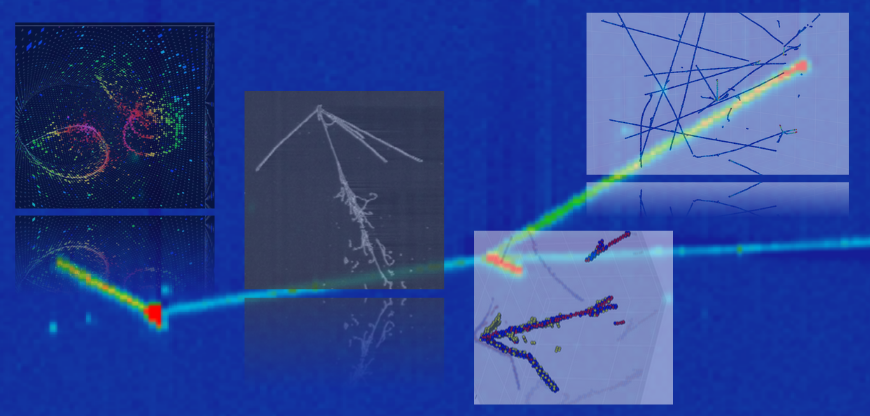Speaker
Description
The nEXO Experiment is a search for neutrinoless double beta decay in 136Xe using a 5-ton liquid xenon time projection chamber. This talk introduces the science and design of nEXO and presents an overview of role machine learning plays in its analysis.
nEXO’s machine learning development currently focuses on the analysis of direct-from-sensor signals. nEXO employs an array of electrodes to sense drift charge, and these electrodes produce high-dimensional data. This dataset is a challenging target for conventional analysis, but it is very amenable to machine learning. Machine learning assists with the analysis of signal correlations across multiple channels and times while minimizing the impact of sensor noise.
nEXO employs a neural network discriminator to identify gamma ray backgrounds, which are distinguished from double beta decays due to their high prevalence of multiple interaction sites. In addition to superior performance, machine learning allows nEXO to quickly adapt this discriminator algorithm to evaluate different detector designs.
In addition to the discriminator, nEXO is developing a machine learning denoiser capable of enhancing energy resolution by removing sensor noise from signals. This denoiser can be trained unsupervised without any ground truth noiseless signals. This talk will present preliminary concepts for this denoiser.
LLNL-ABS-851495
This work was performed under the auspices of the U.S. Department of Energy by Lawrence Livermore National Laboratory under contract DE-AC52-07NA27344. Lawrence Livermore National Security, LLC



